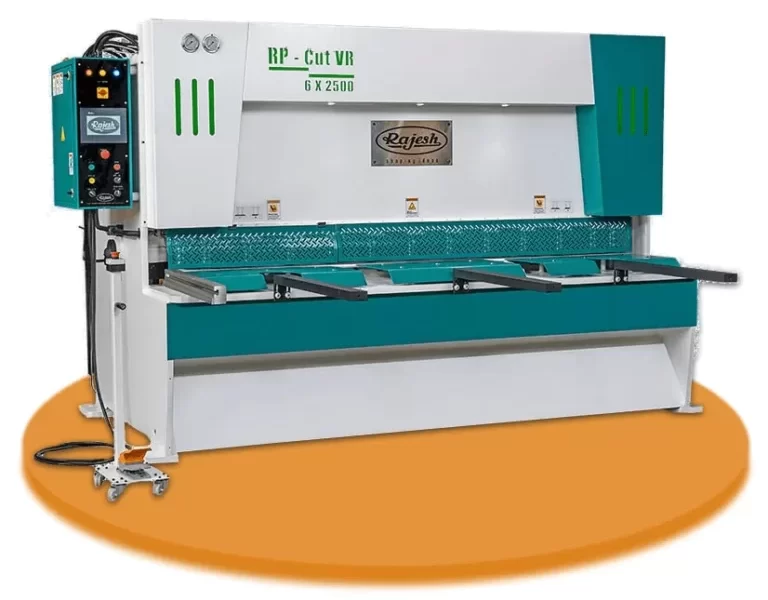
Hydraulic shearing machines have been the backbone of metal fabrication for decades, revered for their unwavering strength and cutting capabilities. But as technology marches forward, what does the future hold for these machines? Let’s embark on a journey to explore the exciting advancements shaping the future of hydraulic shearing.
Advancements in Control Systems:
Future hydraulic shearing machines will feature advanced control systems that capitalize on the progress made in automation and artificial intelligence. These systems could include real-time monitoring of cutting parameters, adaptive control features that adjust settings based on the material being cut, and predictive maintenance algorithms that can detect potential issues before they cause a breakdown. These advancements will ensure accuracy and efficiency, reducing downtime and enhancing reliability.
Incorporation of Machine Learning Algorithms:
Machine learning algorithms will play a crucial role in maximizing the efficiency of hydraulic shearing machines. These algorithms can identify patterns and trends humans might miss by examining vast data gathered from sensors and previous production records. This data-driven approach can lead to precise cutting settings, reducing material waste and boosting process efficiency. Additionally, machine learning-based predictive maintenance models can help extend the life of machines and prevent equipment failures.
Improved Accuracy and Precision:
Progressions in sensor and control technologies will result in more precise and accurate hydraulic shearing machines in the future. Component production will be more consistent and have tighter tolerances. Because of CNC integration and excellent-quality encoders, cutting edges will be clean, repeatable, and unmatchedly accurate.
Integration of Automation:
Automation is revolutionizing the metal fabrication industry, and hydraulic shearing machines are no exception. These machines will be fully automated in the future, with features such as automated sorting systems that can categorize and stack cut pieces, automatic sheet feeders that can load sheets without human intervention, and automated blank optimization software that can maximize material usage. This level of automation will lead to less waste, more efficiency, and a safer workplace.
Adoption of Smart Manufacturing:
Industry 4.0 technology will integrate hydraulic shearing machines for real-time monitoring and data analytics. As a result, process optimization and data-driven decision-making will be possible.
Improvements in Material Handling:
Flexible tooling and adaptable technologies will enable hydraulic shearing machines of the future to handle a greater variety of materials. Because of this flexibility, manufacturers will be able to access new markets and applications.
Sustainability and Energy Efficiency:
Improved designs and recycling capabilities will prioritize hydraulic shearing machines’ energy efficiency and sustainability. This will optimize output while reducing the adverse environmental effects. Also, by significantly decreasing scrap production, technologies like automatic material stackers might promote ecological practices.
The Rise of the Intelligent Machine:
Integrating sensors will be pivotal in continually monitoring parameters such as hydraulic pressure, blade wear, and overall machine health. As predictive maintenance becomes the norm, production output and machine uptime will increase, downtime will be minimized, and optimal performance will be assured.
The Enduring Value of Human Expertise:
While automation is rising, skilled operators will always play a crucial role. Their in-depth knowledge of material selection, machine setup, and troubleshooting will continue to be vital in fully harnessing the potential of these powerful machines.
The Enduring Value of Human Expertise:
While automation is rising, skilled operators will always play a crucial role. Their in-depth knowledge of material selection, machine setup, and troubleshooting will continue to be vital in fully harnessing the potential of these powerful machines.
Conclusion:
Future hydraulic shearing machines promise greater sustainability, automation, and precision. By embracing these advancements, manufacturers can look forward to increased productivity and enhanced competitiveness.
